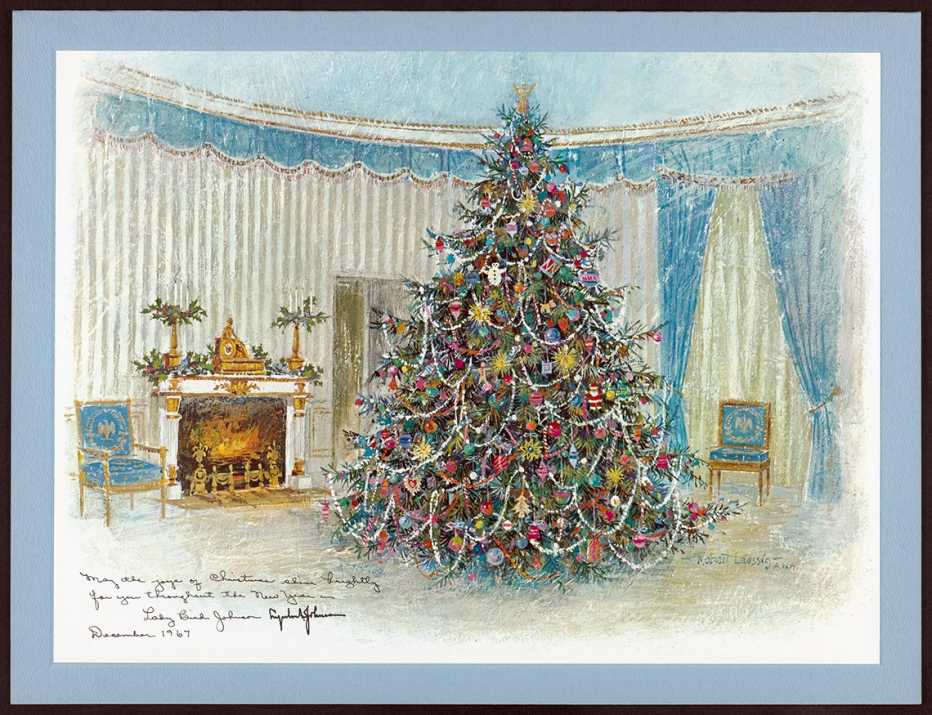AARP Hearing Center


I walked into one of the mega stores in August and was greeted by 10-foot-tall grim reapers and Santa Clauses all in one fell swoop. I’m sure it wasn’t a cheery sentiment I had on my lips at the time, but it does get one thinking of picking up those holiday greeting cards and mailing them before they are 50 percent off and belated.
These days, holiday messages often involve a group text or an animated e-card. But in real, not virtual, reality, holiday greeting cards date back to the 1800s.
Though first printed in the United Kingdom in 1843, holiday greeting cards only appeared in the United States much later, and they were expensive. Louis Prang started mass producing greeting cards in 1875 to make them more affordable, but it wasn’t until 1915 that season’s greetings became a custom with the help of Joyce C. Hall and his brothers, who created the company Hall Brothers, Inc., which would later become Hallmark.
Though not in greeting card form, a couple of our Founding Fathers set the example of sending holiday wishes. Benjamin Franklin, a prolific writer and author of the wildly popular Poor Richard's Almanack, sent these wishes to his readers in 1754: “Learning to the Studious; Riches to the Careful; Power to the Bold; Heaven to the Virtuous. Now glad the Poor with Christmas Cheer; Thank God you’re able so to end the Year.”
In 1755, Franklin also included something of a New Year’s resolution. "Be at War with your Vices, at Peace with your Neighbours, and let every New-Year find you a better Man."
After retiring from the presidency in 1797, George and Martha Washington returned to Mount Vernon in Virginia. President Washington wrote a letter to Thomas Law, the husband of Martha’s eldest granddaughter, and included this, “We, remain in Statu quo, and all unite in offering you, & yours, the compliments of the season; and the return of many, many more, and happy ones.”
According to the White House Historical Association, Christmas was mostly a staid affair during the 19th century. That’s not surprising since Christmas did not become a federal holiday until 1870.







































































More From AARP
7 Ways to Give Gifts on the Cheap This Holiday Season
You can be an amazing gifter with these inexpensive but meaningful gift ideasThe 10 Prettiest and Most Historic Houses of Worship in America
Stunning spiritual sanctuaries that epitomize religious inspirationExtraordinary Destinations to Witness Civic Pride in Action
Some might say American patriotism is in decline but there are still celebrations going on
Recommended for You